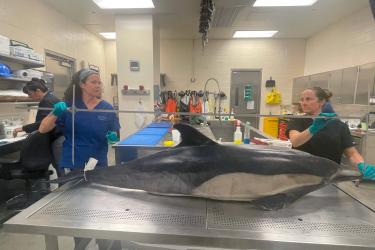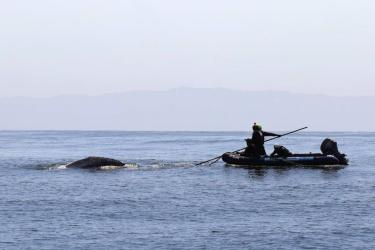Investors know that adding diversity to their investment portfolio can lower the variability of returns and reduce overall risk. The same thing occurs naturally in the oceans, where many predators have adapted to diversify the species they target as a strategy for reducing risks.
For example, many fishermen or mobile marine predators like sharks might switch species or move to areas where there are more of their preferred species. In so doing, they have created a diverse portfolio that allows them to increase their chances of finding something to catch or eat.
This approach is known as the “portfolio effect” and it simply says that a more diverse portfolio usually fares better when conditions are apt to change, whether that be a volatile stock market or dynamic marine ecosystem.
Up until now, researchers who study marine systems knew the portfolio effect was driven from both differences in species diversity in a particular location and the distribution of animals across multiple locations. What they didn’t know is which of those two factors were more important.
To answer that question, researchers from NOAA Fisheries and the University of Washington examined data sets from seven large marine ecosystems. They focused on groundfish, species targeted by both fishermen and marine predators.
They found that in six of the seven ecosystems, the distribution of the groundfish throughout the ecosystem mattered more than the diversity of the groundfish at any given location. In other words, they found that having an assortment of species across many different places contributes more to the portfolio effect than having high species diversity within the larger system.
The findings are reported in a study published online today in the Royal Society journal Proceedings B (subscription required).
In addition to refining our understanding of the portfolio effect, this work could help fishery managers better understand the effects of species diversity on fishing portfolios and fisheries income. Also, the researchers believe spatial variability could be used as an ecosystem indicator; providing managers with a way to gauge the health of the entire ecosystem. Maintaining and rebuilding resilience in our marine ecosystems through assessing and, where appropriate, improving biodiversity is an important part of NOAA Fisheries’ Ecosystem Based Fisheries Management Policy and Roadmap.



